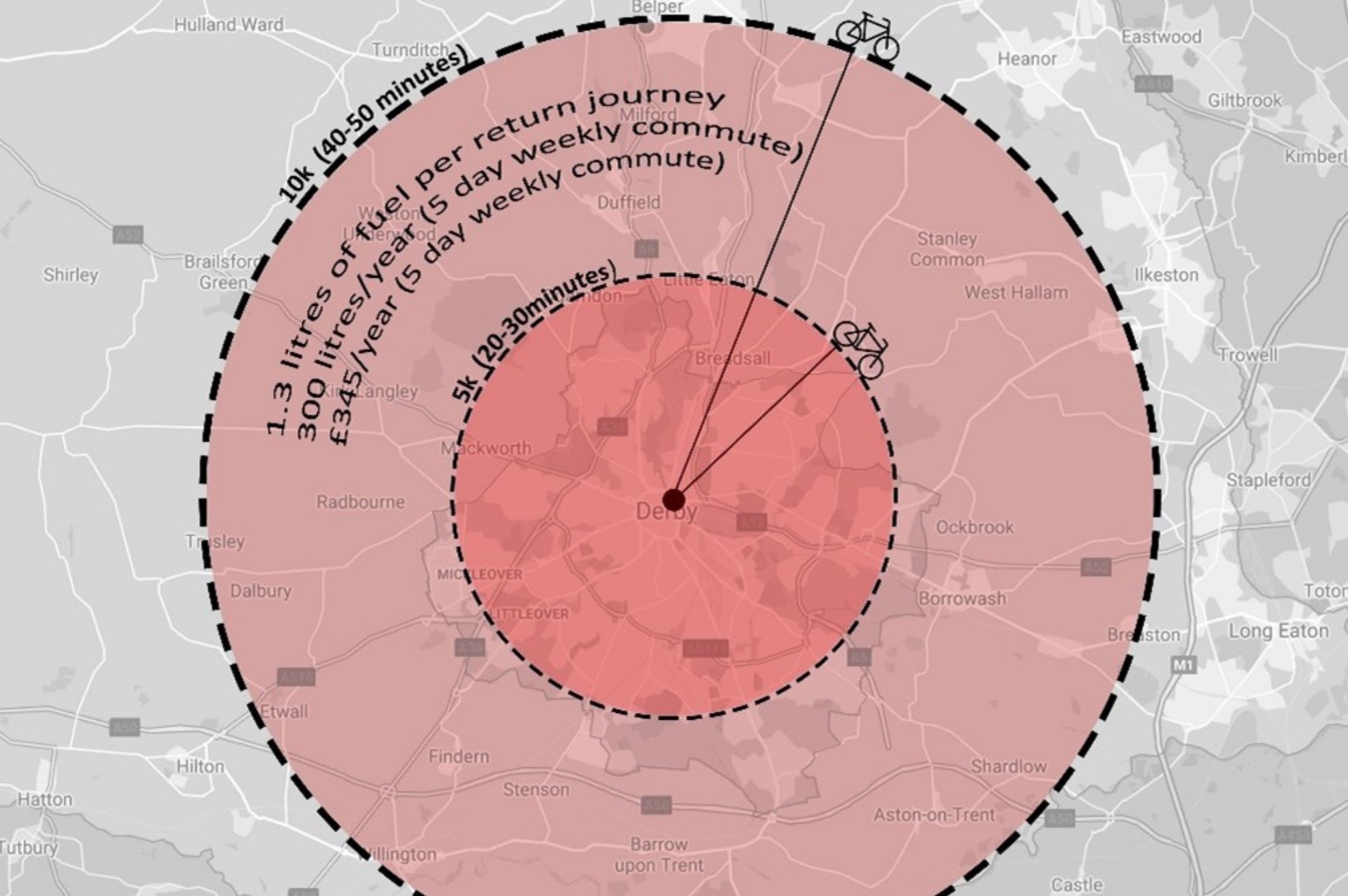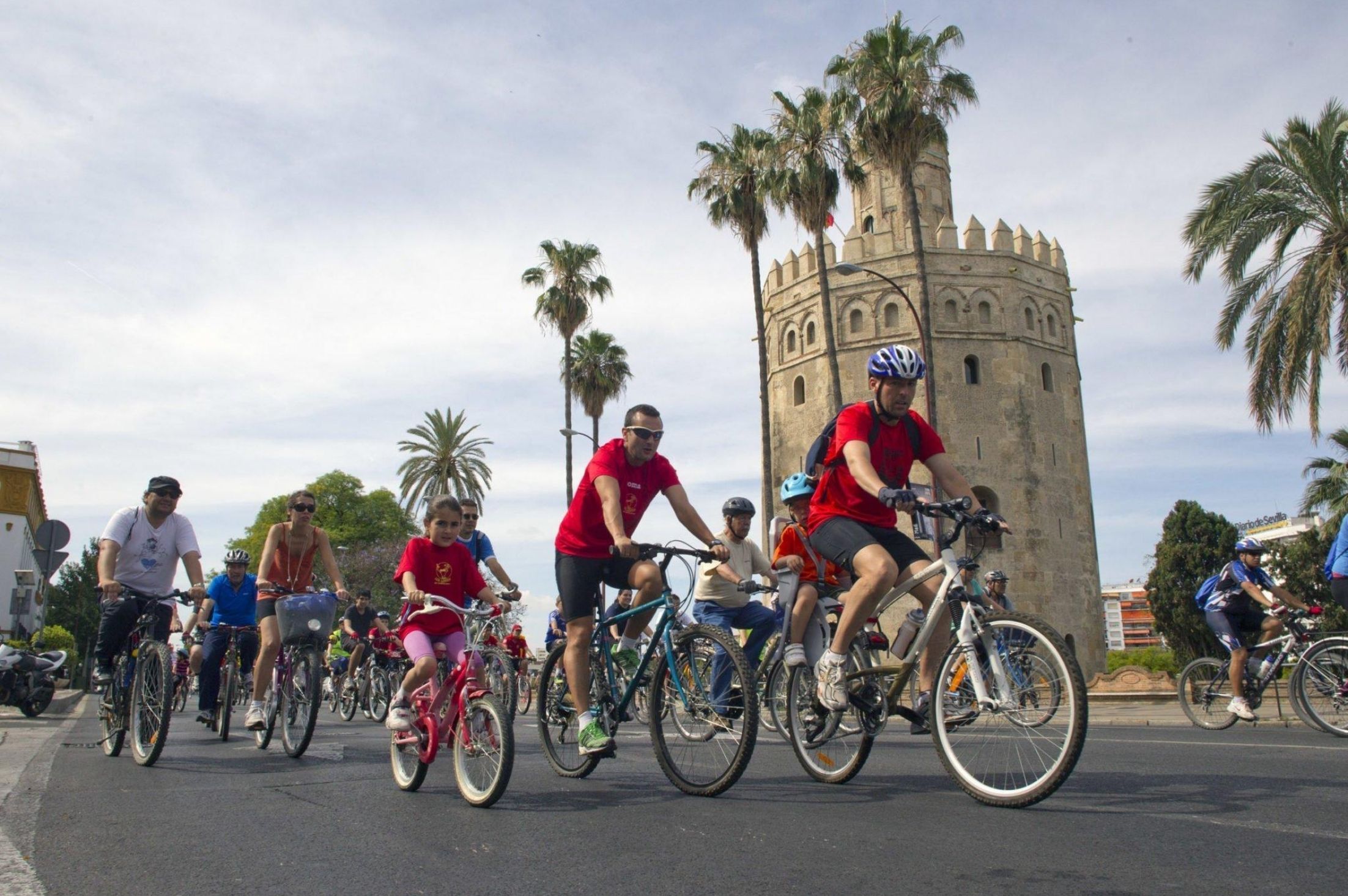A bold vision for cycling and walking
In July 2020, the government released their visionary plan ‘Gear Change – A bold vision for cycling and walking’. A clear message emerges from this new government scheme: they plan to enable the general public to switch commuting traffic jams for swift journeys by foot, wheel and public transport.
From an urban planning perspective, I am very glad to see a holistic approach to transportation where road design is not just driven by cars, but by public transport, cycling and walking for everyone from 8 to 80, everyone.
Walking and cycling in our towns is key and should be considered universal and travelling on two wheels become as ubiquitous as the private car. These new networks will also provide a framework for non-standard bicycles, mobility cycles, cargo bikes and more- that’s your Uber delivery, or parcel coming your way on two or three wheels!
As part of the UK decarbonization plan, the current way of deliveries, particularly to city centres, will be re-structured and perhaps a combination of deliveries done by smaller vehicles, including cargo bikes (which can transport up to 250kg) might be an alternative to heavy vehicles and congested city centres.
The new infrastructure should be a connected network that facilitates links to other areas of town and city. Only by allowing this, will we be able to consider leaving our cars behind. But not only that, it is also very promising to see that alongside this infrastructure, the plan is to also provide appropriate cycle parking in each area: city centres, apartment blocks and train stations, such as is the norm in Amsterdam, or closer to home Cambridge’s train station.
It is the intention that new developments, whether residential or business, be built around sustainable travel and promote cycling and walking as the first choice for journeys. Special attention will be given at planning level to make sure that this is included from early stages. For example through the revision of The Manual for Streets Design and The National Model Design Guide.
It is a very ambitious plan that the government is proposing, and who knows what it might achieve? But to use an example, Amsterdam is the epitome of urban cycling in Europe today, and it’s hard to imagine that the city- and Holland in general- was once dominated by the car, and that not until the 1960’s a mass public movement facilitated the change, so let’s hope that with some luck we will be able to enjoy better built environments very soon.
Fernando Collado Lopez, Architect, Planning & Design Practice Ltd




